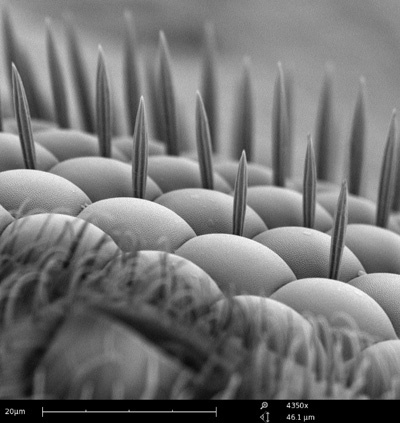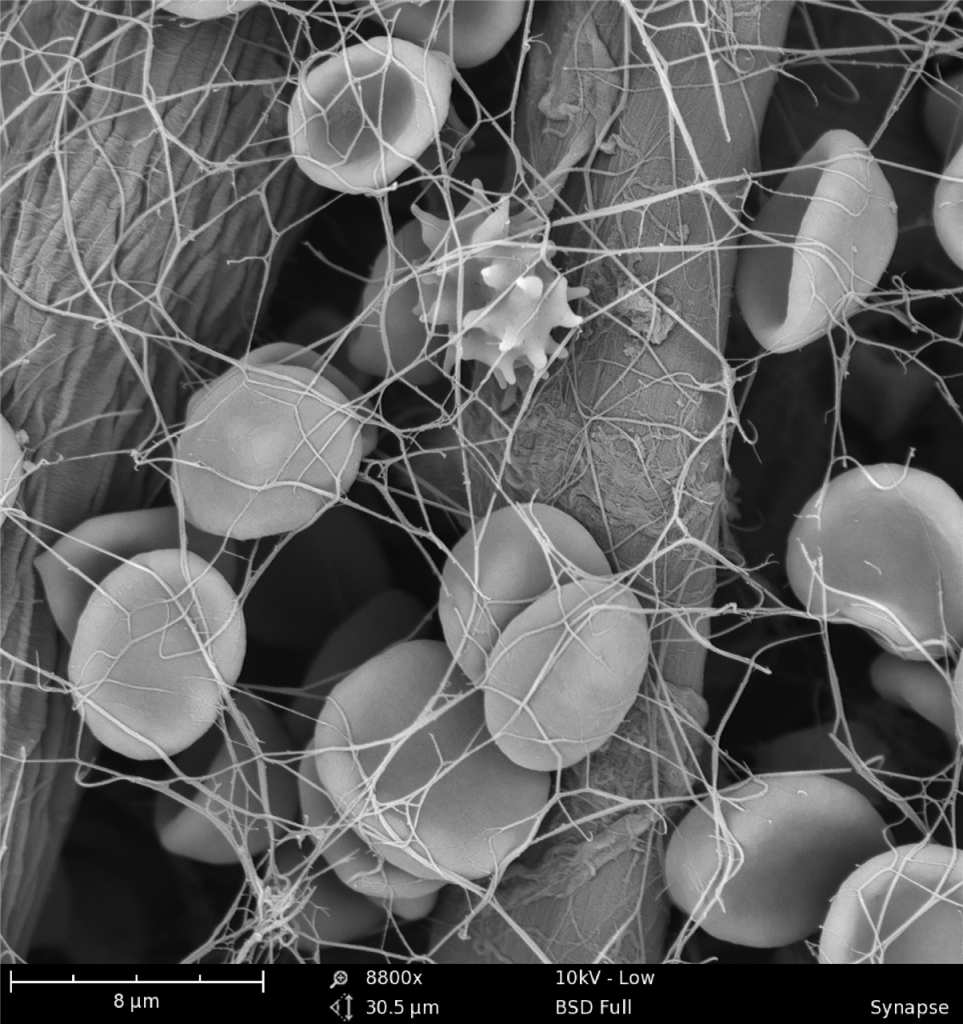Since the invention of the first prototypes in the early 20th century, the electron microscope has allowed us to peer deeper into the world of small molecules than ever before.
Electron microscopes (EM) are remarkably complex and powerful devices that have revolutionized the world of science and medicine.
For the first time, scientists have been able to see and generate realistic images of viruses, bacteria and other cells in stunning detail with the help of electron microscopes.
Electron microscopes use a beam of electrons to create images at higher magnification and resolution than standard light microscopes.

Biological and chemical structures can be revealed by firing a concentrated “beam” of electrons in a vacuum at a sample (a thin cross-section in a transmission electron microscope, or a three-dimensional sample in a scanning electron microscope). became clearer and many variants of the main technique were developed.

As with any scientific technique or technique, it’s not without its drawbacks, but it does have several advantages for the researchers who use it. Some of them are listed below.

Five Advantages of Electron Microscopes
Electron microscopes have several advantages over other types of microscopes, such as light microscopes. Following are some of the main advantages of electron microscopy:
- Magnification and higher resolution – since it uses electrons rather than light waves, it can be used to analyze structures that would otherwise not be visible. Electron microscope images have a resolution of up to 0.2 nm, which is 1000 times finer than light microscopy.
- Greater depth of field – Electron microscopes have a greater depth of field, which means more specimens can be brought into focus at the same time. This feature is especially useful when inspecting samples with uneven surfaces or varying thicknesses.
- Diversified Applications – Electron microscopes have a wide range of applications in many different fields of research, including technology, industry, biomedicine, and chemistry. Application examples include semiconductor inspection, computer chip fabrication, quality control and assurance, atomic structure analysis, and drug development.
- High-quality images – With proper training, electron microscope operators can use the system to generate highly detailed, high-quality structural images, revealing complex and delicate structures that may be difficult to reproduce with other techniques.
- Elemental Analysis – Electron microscopes can be equipped with Energy Dispersive X-ray Spectroscopy (EDS) or Electron Energy Loss Spectroscopy (EELS) systems, enabling elemental analysis of samples. This capability is invaluable in materials science, geology and other fields where identifying and mapping chemical elements is critical.
Disadvantages of Electron Microscopes
However, there are some drawbacks that may mean that other techniques, notably light microscopy and super-resolution microscopy, are more beneficial to researchers. These include:
- Inability to analyze live samples – samples must be analyzed in a vacuum since electrons are easily scattered by other molecules in the air. This means that living specimens cannot be studied with this technique. This means that biological interactions cannot be observed properly, limiting the use of electron microscopy in biological research.
- Black and White Images – Electron microscopes can only produce black and white images. The image must be colored.
- Artifacts – these can be present in the resulting image. Artifacts are left during sample preparation and require expertise in sample preparation techniques to avoid.
- Cost – Electron microscopes are fairly expensive highly specialized pieces of equipment. Due to the limited budget of most projects, the use of electron microscopes in research can be limited. However, running costs can be similar to alternatives such as confocal optical microscopes, so even if budget concerns are a major factor in deciding not to use this technique, investing in a basic electron microscope is still worth considering.
- Space – Electron microscopes are large and are usually placed in a designated room that fits the microscope itself. A room designated for the microscope will ensure that the electronics used by the machine are not disturbed and produce better images.
- Training – the amount of training and knowledge required to operate the electron microscope. For example, samples must be prepared and viewed in a manner that minimizes artifacts, and these artifacts must be able to be identified for correct results when analyzing the resulting images. This requires extensive professional training and experience.
Electron Microscopy: A Very Useful Analytical Technique
Researchers and project managers must carefully consider these advantages and disadvantages.
However, considered by many to be one of the finest scientific innovations, the electron microscope is a powerful imaging tool that is at the forefront of scientific research.
Electron microscopes focus a beam of high-energy electrons onto a sample to produce high-resolution images that detail features such as surface structure, texture, size, and composition.
Transmission electron microscopy and scanning electron microscopy have practical applications in the fields of biology, chemistry, gemology, metallurgy and industry, and provide information on the morphology, morphology, composition and crystallographic data of samples.